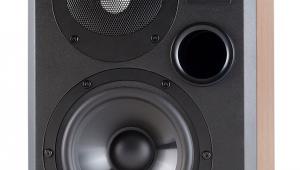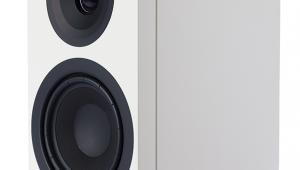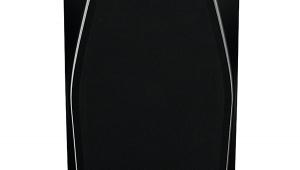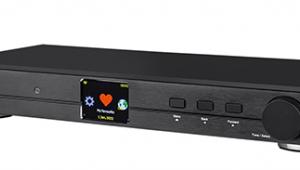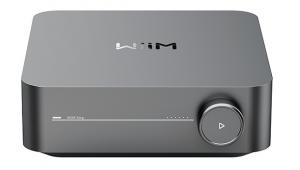Vivid Audio Giya G1 Spirit loudspeaker Interview
Asked about the evolution of Vivid Audio's distinctive cabinet designs, Engineering Director Laurence Dickie explained, 'Our original Oval series used tapered tube absorbers on the mids and highs but the bass loading, despite the cabinet shape, was still just a simple reflex box and susceptible to internal resonances.
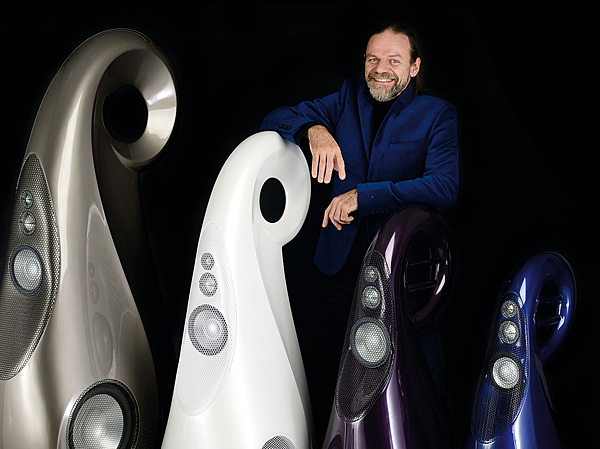
'You can stuff the box with fibre absorbent but this also nobbles the port output. For reflex loading to work, the air in the port has to bounce on the springiness of the air in the enclosure but fibre filling adds losses across the audioband, including the port frequency.
'I really wanted to see if I could add an exponential absorber tube while maintaining the port output. If you just put a driver on the end of a tube, Nautilus style, and add a port, the result is poor because the absorber does a very good job of taking away all the spring of the air. The winning combination is a regular enclosure plus an absorber tube with a cut-off frequency about four times that of the port resonance. Then it absorbs internal resonances very effectively while leaving the port output unaffected.
'The over-shoved bass driver idea was a lesson I learned during my 14 years working in pro sound. They frequently use light cones and high shove for efficiency, but I also noticed there was often a subjective tightness to the bottom end which wasn't found in the supposedly ideal tunings of many hi-fi speakers. Effectively we're shifting some part of the mechanical system into the better-behaved filter components.'





